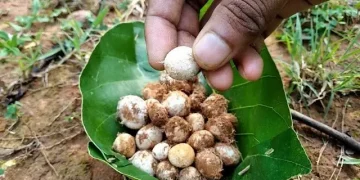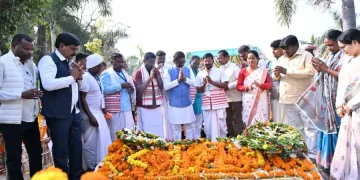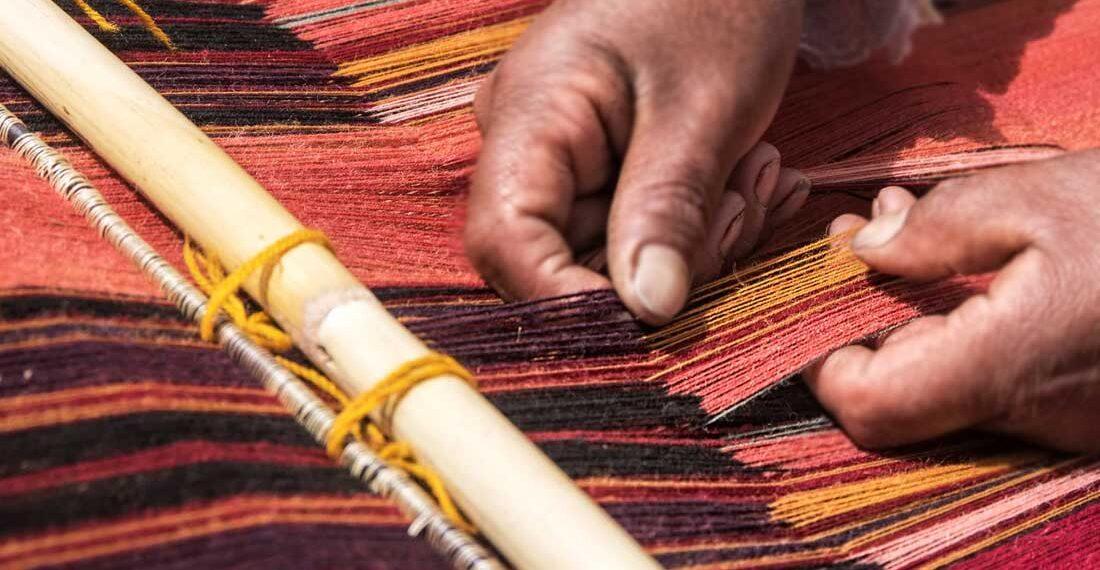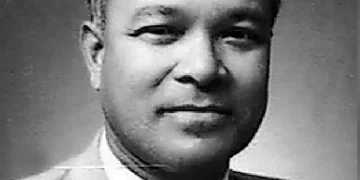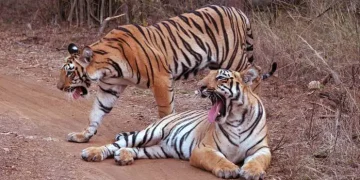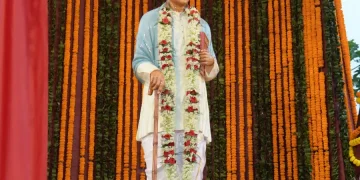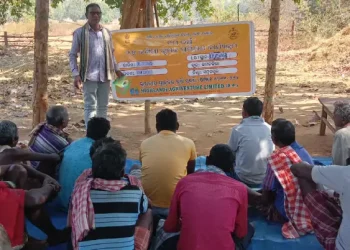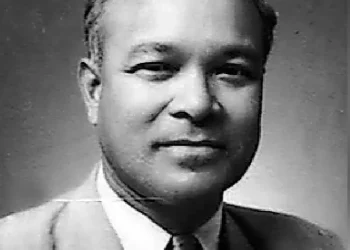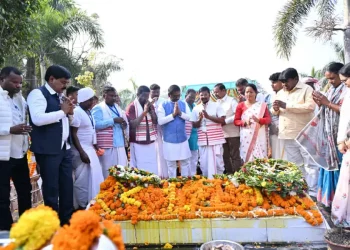Most tribes of Arunachal Pradesh — the Nyishi, Galo, Apatani, Adi, Tagin, Bori, Bokar, Idu Mishmi, Monpa and others — are considered ethnically similar, having the same ancestors.
They are also all known for their Traditional weaving skills and tribal art & craft. Women usually wear long skirts and wraparounds with tops, blouses, shawls, coats and even sashes. The men stick to lungi, shawls and coats. A sleeveless shirt worn with an upper garment that is usually knee length is also a typical traditional attire of Arunachali men.
Greens, reds, yellows, blacks and whites are traditionally prevalent.
However, geographical separation has brought in some differences in dressing styles.
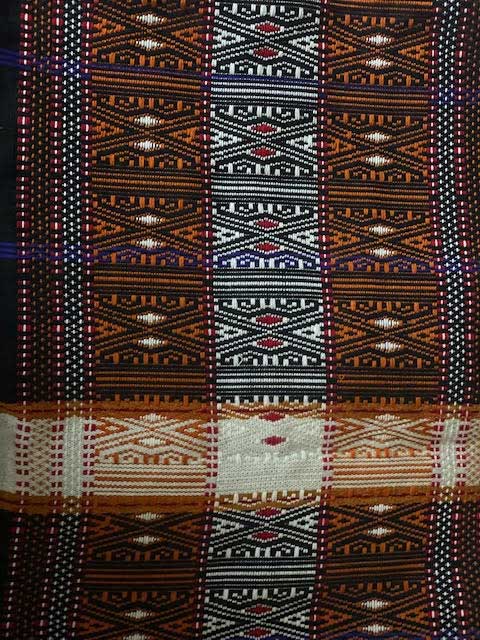
The Apatani tribe is considered to be the most superior in terms of traditional weaving techniques. Using fibres from trees, goat and human hair, they make coats, shawls, skirts, sashes and wraparounds with various motifs.
Women from tribes such as Adi, Apatani and Mishmi essentially favour geometric patterns. The most popular motifs are angular designs, zigzag lines and stripes. Even floral patterns take on a more geometric form in the fabrics of the regions.
The simple, straight lines in the clothes of Adi, Apatani and Nyishi tribes are reflective of a more disciplined way of life, while the Mishmi display slightly more celebratory patterns.
The Idu Mishmi tribal group can be easily identified in Arunachal Pradesh by their distinctive hairstyle, costumes and the patterns on them. The Idu Mishmi are expert craftsmen, the women, in particular, being very good weavers. Their evolved aesthetic sense is reflected in the exquisite cloth designs they produce on the loin loom.
Folktales
There is interesting folklore about the origin of weaving in this tribe. The Idu Mishmi believe that the first to weave in this world was a girl named Hambrumai. She had learnt the art from a river goddess. Hambrumai would sit by the river and copy her designs from the surrounding nature. The waves and ripples in water, the swaying branches of trees and plants and the flowers became her inspiration and guides.
However, one day, Hairum, a porcupine, saw her cloth and was tempted to steal it as he had never seen anything so rich and beautiful.
Hairum attempted to creep into her cave, but the entrance was too small for him. As he tried to push his way in, the dwelling broke and Hambrumai was crushed by giant rocks. Her loom broke and the pieces were swept away by the river to the plains. There, people found them and learnt to weave. The designs turned into butterflies and the patterns Hambrumai made can still be seen on their wings.
The Galo tribe, on the other hand, believes the art of weaving was learnt in a dream from the Goddess Podi Barbi.
However, historically or even archaeologically, it has not been ascertained when exactly the people of Arunachal Pradesh learnt weaving and began wearing clothes.
Trinkets
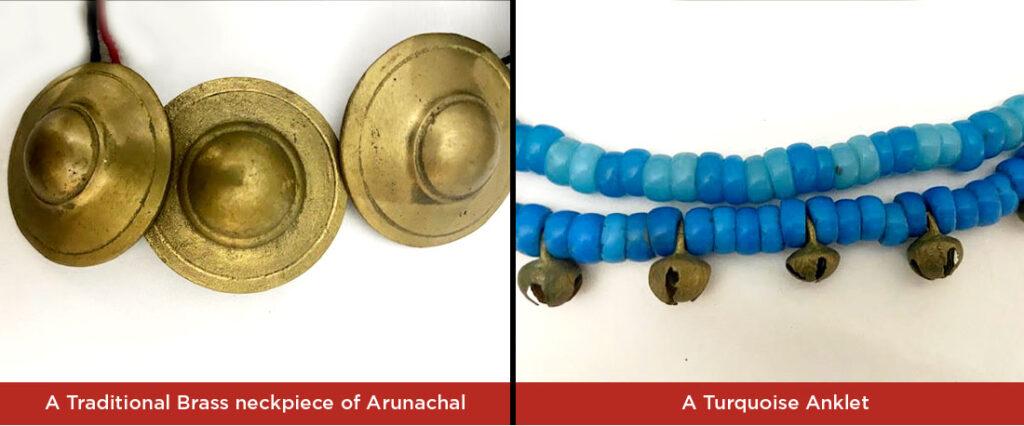
Arunachal Pradesh’s tribals enjoy a range of traditional ornaments and accessories. Necklaces, bangles, rings, anklets, belts, headgear, headbands and even shoes and caps are made of agate, stone, brass, silver, gold, turquoise, red coral, ivory and amber.
A cap worn by the Monpa people, called Ngama Shom, is made of yak’s hair and shaped like the skull. The traditional boots of the Monpa — worn by both women and men — are made of wool with soles of yak- or cowhide.

